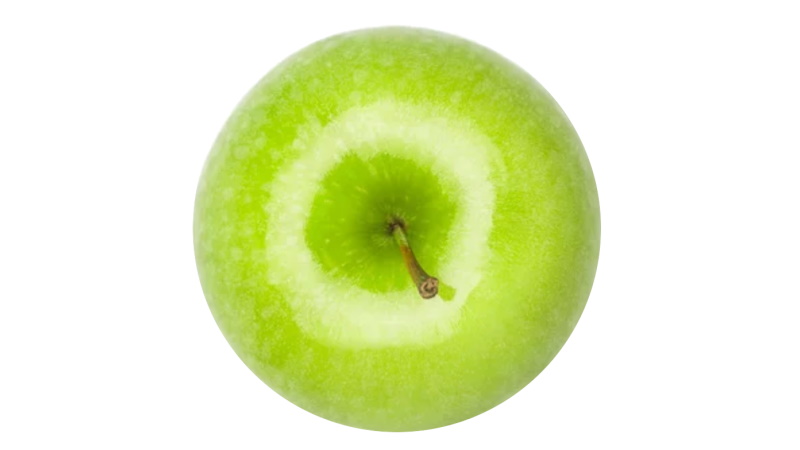Why Fruit Growers Can’t Take Their Sprayers for Granted

Sprayers can be one of the most essential pieces of equipment for a farmer. A Turbo-Mist sprayer goes to work on walnut trees.
Photo courtesy of Turbo-Mist
Sprayer manufacturers are quick to tell growers that their machines are the most relevant pieces of equipment in the orchard. Their reasoning?
“Maybe you should be asking what is one of biggest expenses in an order,” Wayne Riddle, Agricultural Division Sales Manager with Turbo-Mist, says. “Chemical!” he answers emphatically. “We all apply chemicals. And what if I told you that you could save 10% to 30% of your annual chemical bill? Let’s say that you spend $50k per year, and you save 10%. That’s $5k in saving, with little effort.”
Critical to those savings is accuracy in application rate, achieved via proper calibration and sprayer set, Riddle says.
“Spraying is an opportunity not a task,” he says. “Remember, if you are out 10%, that’s $5k wasted or under-applied, which can cause resistance and another run in spraying. But often I see growers not taking the time to correctly calibrate, dial in, and confirm their sprayer output to ensure that their sprayer is capable of achieving the desired results.”
Another key area overlooked with sprayers is wind management, Riddle says, a facet that his company’s Airblast technology addresses through the ability to increase or decrease sprayer wind.
“Most sprayers are designed to run at 540 rpm on PTO (power take-off) to maintain consistent wind, top to bottom, left to right,” he says. “If you slow down the fan, the air consistency is compromised. So, often when spraying at 540 rpm on PTO, there is far too much wind, which causes drift. But if you slow the wind down, you get control over drift, put the chemical in the target, and suddenly coverage is noticeably improved, not to mention the fuel savings on the tractor.”
ELECTROSTATIC SPRAYING
On Target’s Wrap Around Technology is based on electrostatic spraying, which delivers highly charged droplets that are attracted to negatively grounded plant surfaces. This evenly coats the tops and undersides of plant material with crop protection products, minimizing chances of runoff.
“The right equipment can greatly reduce labor, fuel, and water costs for farmers,” On Target Founder Willie Hartman says. “For instance, our customers report they can spray their rows in less time, with fewer stops to refill the water tank because they don’t need to spray to run-off with electrostatic spray.
“In contrast, conventional blast sprayers rely on chemical ‘spray to run-off’ and multiple tank refills to coat the crops. This means about 90% of the chemicals dip, pool, and run-off into waterways. In addition to the amount of chemical waste created these airblast sprayers rely on 30- to 36-inch fans to move air, using far more horsepower than our rotary lobe blowers, and therefore require more diesel per hour.”
Also of interest to growers, Hartman says, is the use of electrostatic spraying in pollination. The old method of mechanical pollen application is to deliver dry, unrefined pollen by blowing it into the crop and hoping the pollen arrives on the flower stigma, he says, and, historically, dry application has achieved variable degrees of efficacy.
“Electrostatic sprayers are the ideal delivery method for applying refined pollen in liquid suspension. The atomized spray droplets are the perfect size to encapsulate the pollen grains, and the air velocity is slow enough to allow the droplets to hover within the canopy,” Hartman says. “The electrostatic charge imparted on the spray droplets causes them to repel each other and avoids conglomeration, while at the same time attracting the droplets to the flower stigma, which has an opposite electrical charge to that of the spray droplet.”
Since 2013, On Target has partnered with Washington State University researcher and pollen expert, Matt Whiting, who has refined his suspension mix to ensure maximum viability of the pollen in solution for up to two hours, according to Hartman.
BERRY PRESENCE
Based in Spain, IDM manufactures vertical sprayers for use in macrotunnels, net houses, and greenhouses. The company exports to more than 40 countries while working with growers big and small, particularly in the berry arena.
“We have a whole range of self-propelled sprayers for different soil conditions, different type of crops, with and without air, vertical and horizontal spraying, etc.,” General Manager Angel Barranco says. “All of them have a great maneuverability and are very easy to drive.”
The Fumimatic horizontal sprayer is a 6×6 vehicle driven by joystick.
“Turning by contrarotation makes it the easiest and fastest self-propelled sprayer for high-density crops,” Barranco says. “The homogeneous spraying all over the plant and along all plants makes it really effective and efficient. We have versions for vertical and horizontal spraying. Its performance is unique and saves an important amount of labor cost.”










